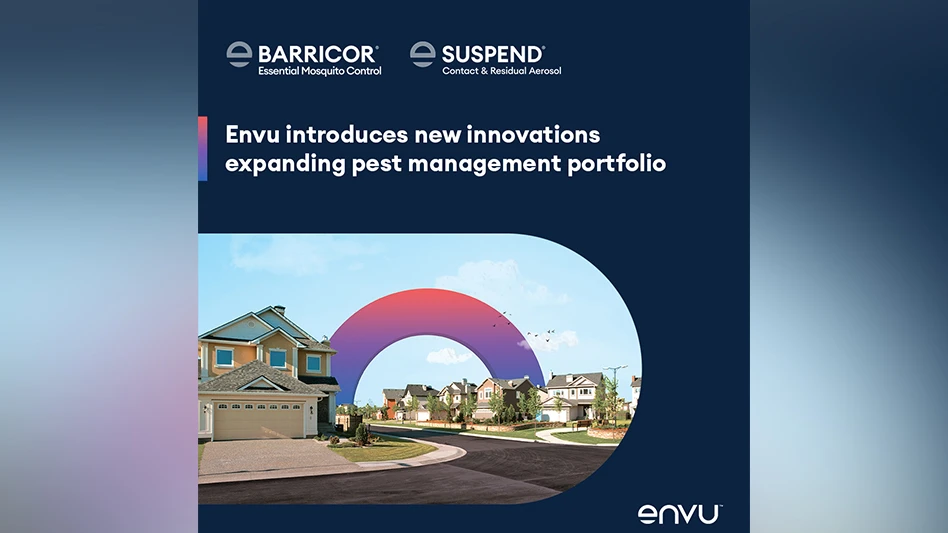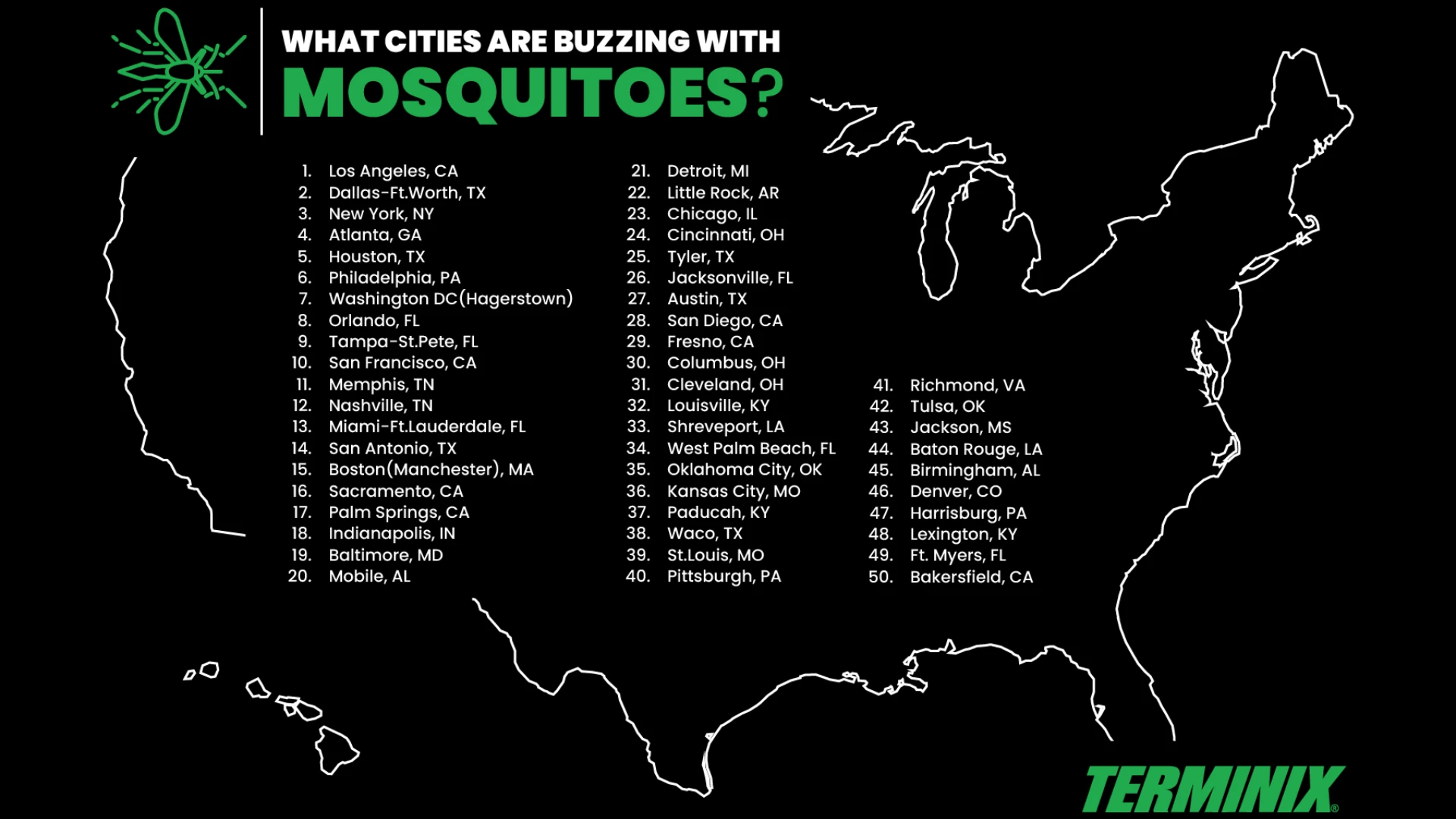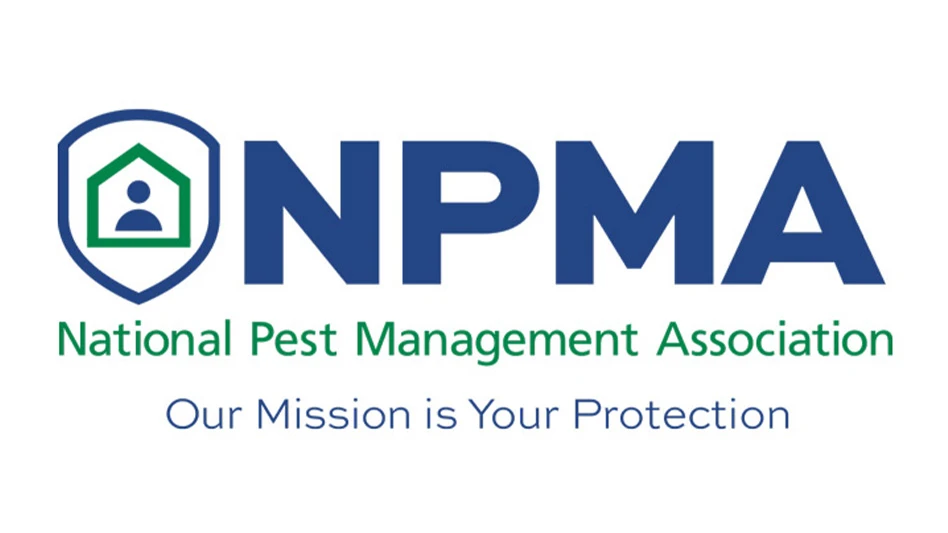
Editor’s Note: This article originally appeared in Entomology Today, a project of the Entomological Society of America with the goal of reporting interesting discoveries in the world of insect science and news from various entomological societies. To learn more, visit www.entomologytoday.org.
Invasive insect and arthropod species make for a lot of scary headlines. But success stories in invasive- species response are out there. They just need to be told.
One of those success stories is the eradication of the European grapevine moth (Lobesia botrana) in Northern California after it was found there in 2009. A cooperative, multipronged response effort kept infestations from running wild, and it was declared eradicated in 2016, two years after the last adult moth was caught in the region. The story of this effort is recounted, along with analysis of the invasion’s dynamics, in a study published in January 2019 in the Annals of the Entomological Society of America.
When stories like this one aren’t shared, “this makes it difficult for researchers to understand the invader’s biology outside of its native range and assess how and what management strategies were effective in mitigating the invader’s spread and impacts. This also means that the general public is not made aware of the fact that it is possible to successfully manage invasive pests of concern,” say study co- authors Tyler E. Schartel and Matthew P. Daugherty of the University of California, Riverside; Brett R. Bayles of the Dominican University of California; Monica L. Cooper and Lucia G. Varela of the University of California Cooperative Extension; Gregory S. Simmons of the United States Department of Agriculture’s Animal and Plant Health Inspection Service; and Shyam M. Thomas of Ryerson University in Toronto, via email.
The European grapevine moth is native to Europe and also has invaded parts of Africa, the Middle East and South America. Its larvae feed on grapes and can damage fruit yields while also increasing rates of fungal damage. Thus, when it was found in Napa County vineyards in 2009, it was most unwelcome. As Schartel and colleagues explain, the response effort was a coordinated leap into action among a range of stakeholders, from “grape growers, the wine industry, University of California researchers, and local, state, and federal officials.” Response efforts included a statewide network of traps for detection, vineyard inspections, quarantine regulations on farming and vineyard equipment in infested areas, mating- disruption and insecticide treatments in vineyards, outreach and education efforts, and ongoing research as the program progressed.
“The most important conclusion from this study is that extensive collaboration between state and federal regulatory agencies, domestic and international researchers, growers and property managers, and the general public can lead to effective pest management strategies and successful management outcomes,” the researchers say. “Such highly collaborative efforts reinforce the utility of transparency in scientific research and ultimately result in all involved shareholders and parties being better prepared to manage future invasions.”

In their study looking back at the course of the invasion and eradication of European grapevine moth, the researchers examined a wealth of data from the various monitoring traps that were maintained from 2009 onward throughout Napa County’s nearly 800 square miles. Then they combined that info with data on geography, landscape, climate and human-driven factors in the same area. The results paint a picture of where and how L. botrana spread through the region and what areas may be prime locations for infestations again should it be re-introduced.
Standing out among the findings: The infested areas were clustered in “hot spots” that were nevertheless larger in scale than the moth’s dispersal range. And the researchers found strong relationships between infestation occurrences and proximity to transportation corridors. Both indicated that human-aided transport likely played a key role in the spread of the moth.
Schartel and colleagues say the early detection and rapid response to the invasion — particularly coupled with extensive data-gathering — were critical. “Our study illustrates the importance of quickly implementing management strategies that gather data on invading arthropod occurrence and abundances,” they say. “This type of information, especially early on in a biological invasion, is crucial for understanding the invasion’s spatiotemporal dynamics and implementing effective management that accounts for these dynamics. As data accumulates, management efforts can be refined or improved to better coincide with and mitigate invader spread and impacts.”
Now, looking back on the eradication, the researchers are hoping to draw lessons to apply to other potential invasions. Though they note that “all biological invasions are, to some extent, unique due to the life history and ecology of the invading organisms,” they are working to model habitat suitability and invasion risk for other lepidopteran pests of grapes, to help regulatory agencies develop response plans ahead of time for other potential invasions.
“Increased understanding of what management efforts were consistent with L. botrana biology, what efforts and strategies could be improved upon or refined, and estimates of important factors such as invasion risk will help manage future biological invasions by the same, or similar, pests,” the researchers say.

Explore the August 2020 Issue
Check out more from this issue and find your next story to read.
Latest from Pest Control Technology
- Photo Slideshow: Ant Identification Tips
- Video: Top 10 PCT Photo Contest Finalists
- UF/IFAS Study Reveals Boats as Perfect Vessels for Global Termite Spread
- Pest Control Consultants (Iowa) Earns Pinnacle Performance Award
- Syngenta's Chris Keefer Reviews Ant Control, Products in Latest Ant Market Report
- PCT/BASF Launch 2025 Technician of the Year Awards Program
- Target Specialty Products, MGK Partner for Mosquito Webinar
- Cockroach Control and Asthma






